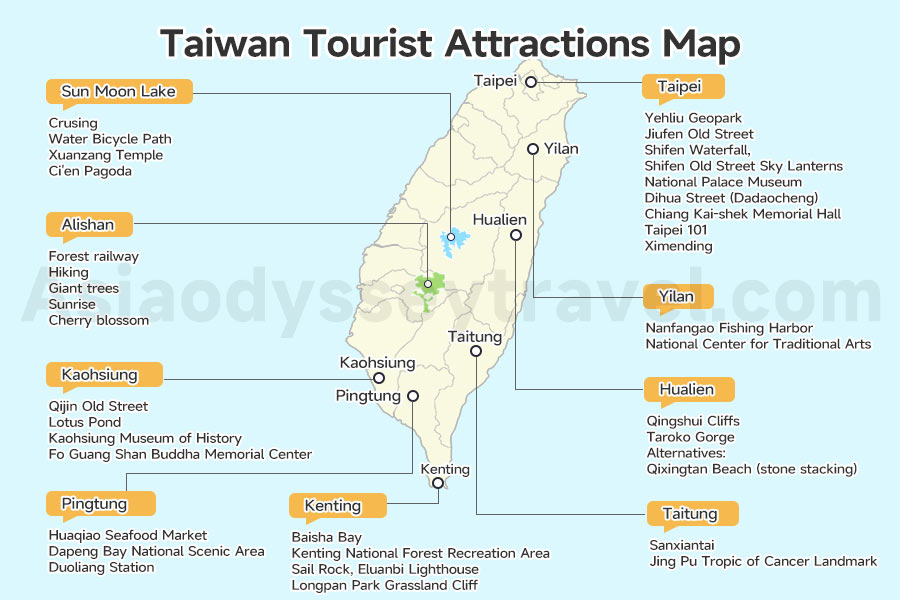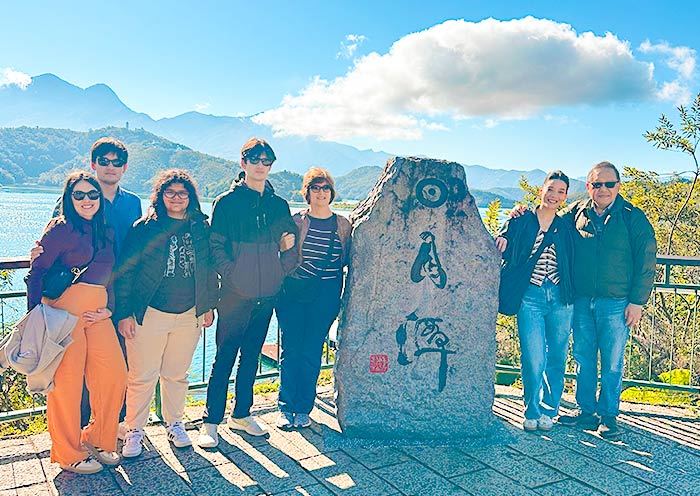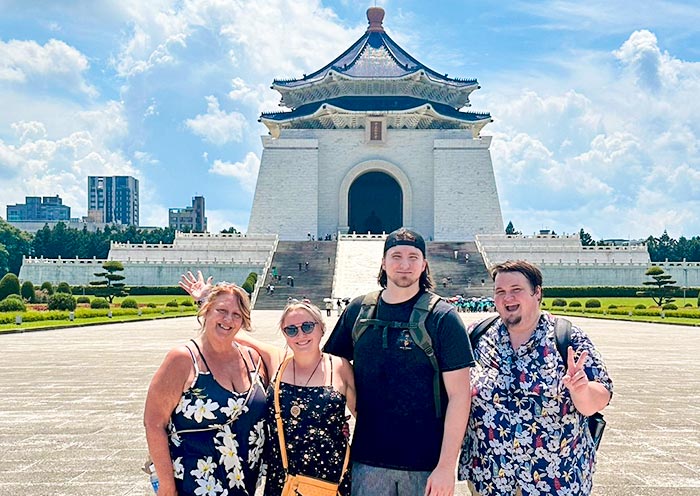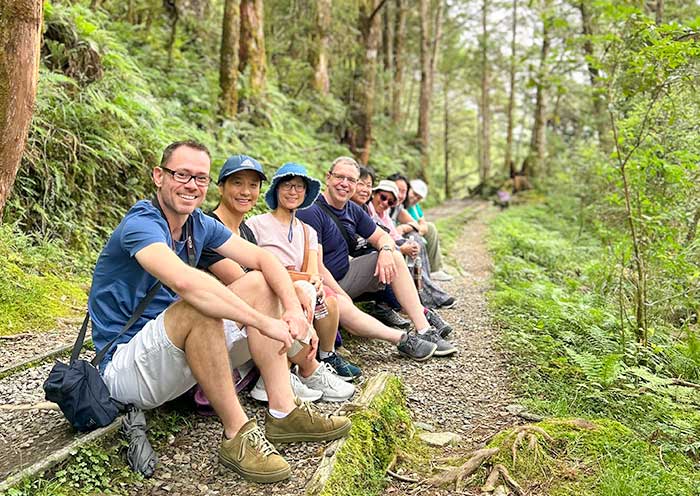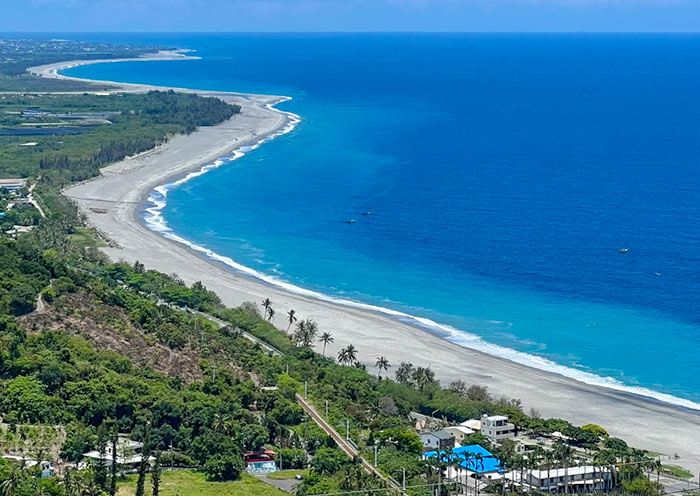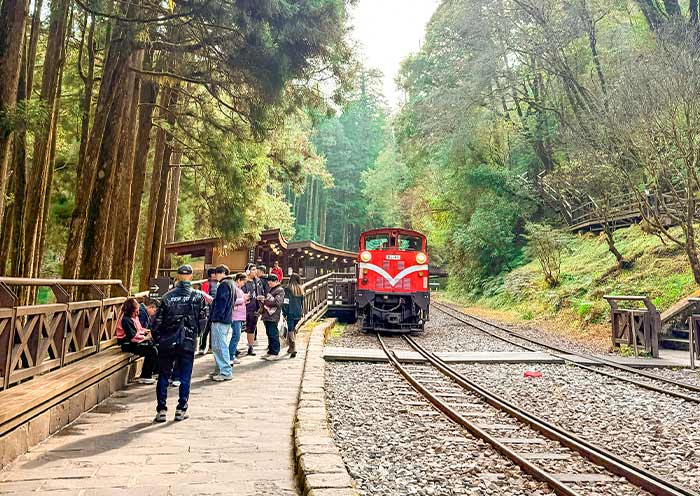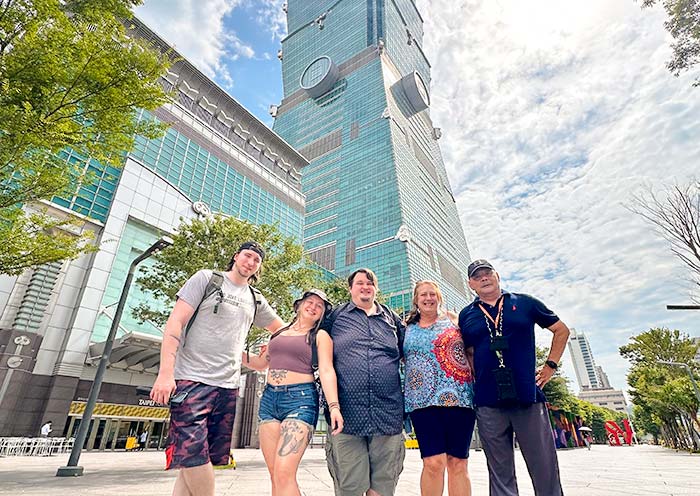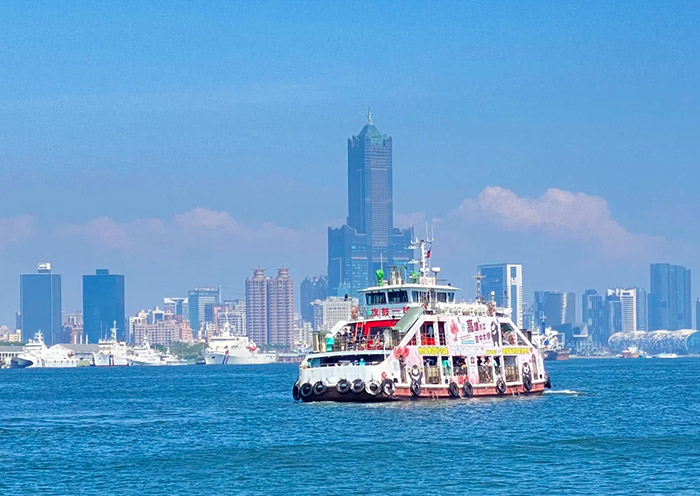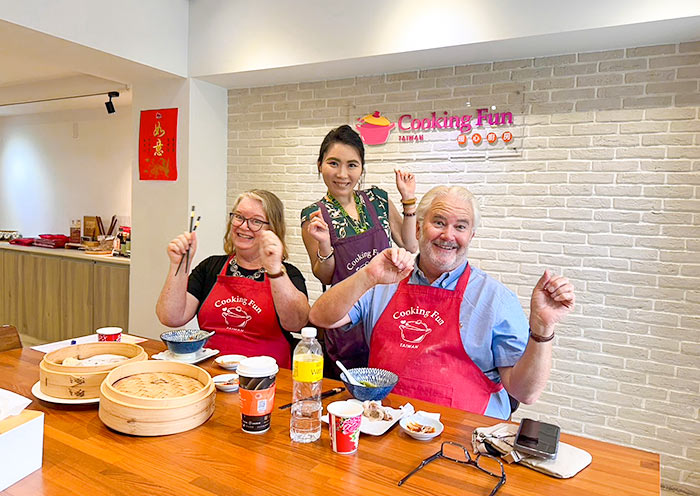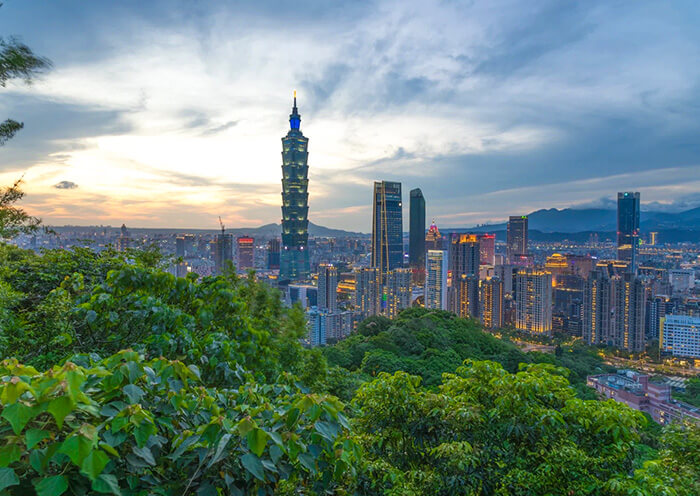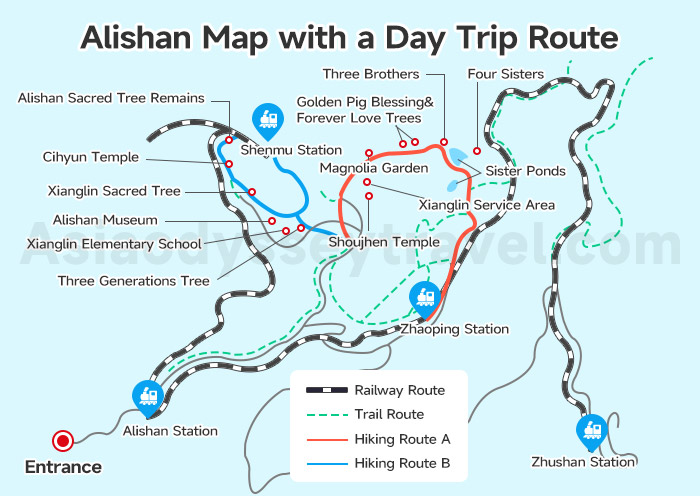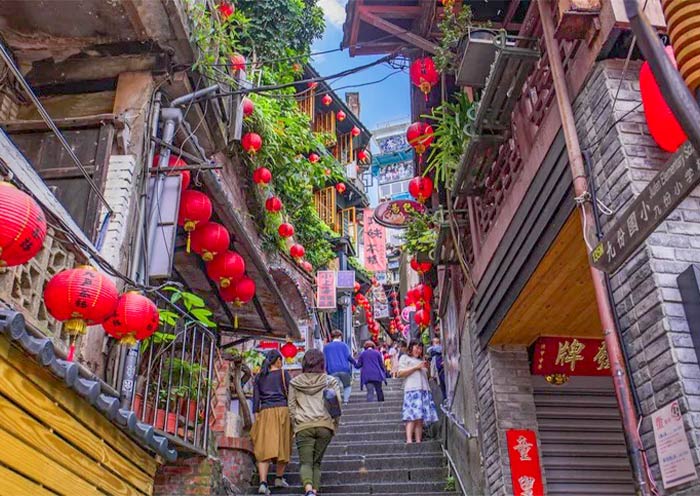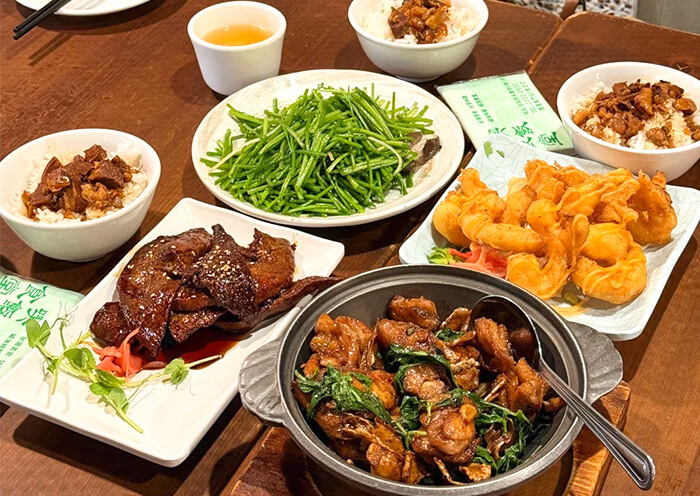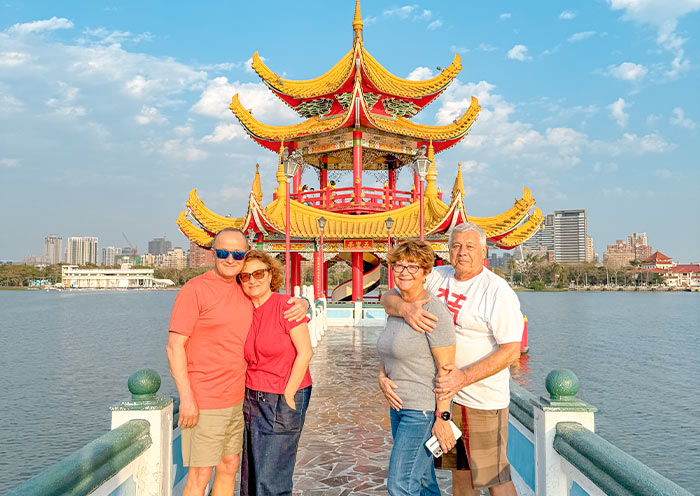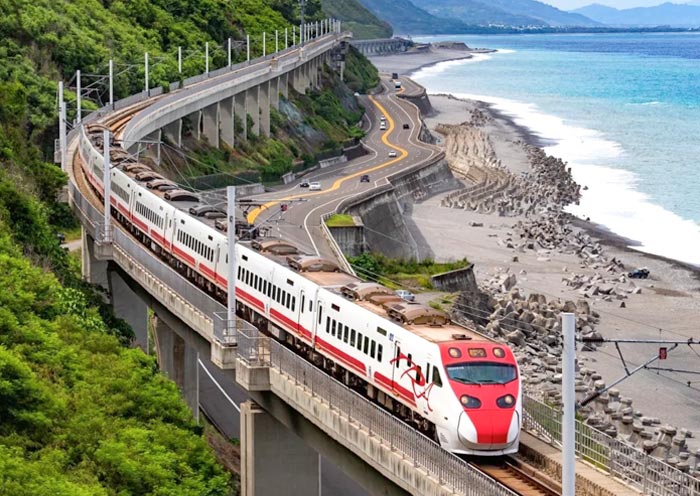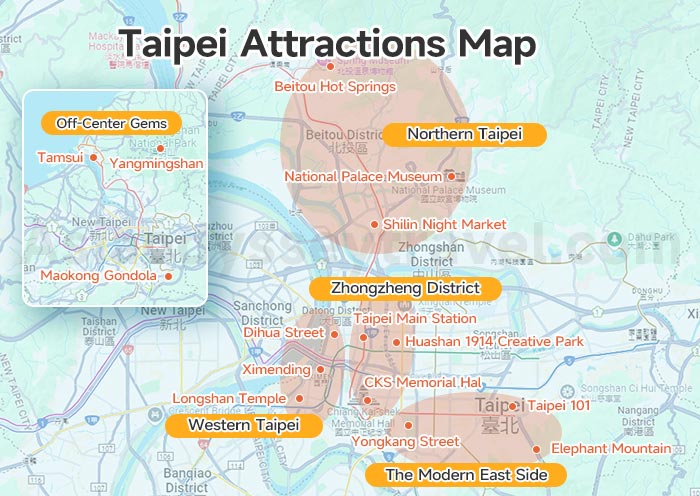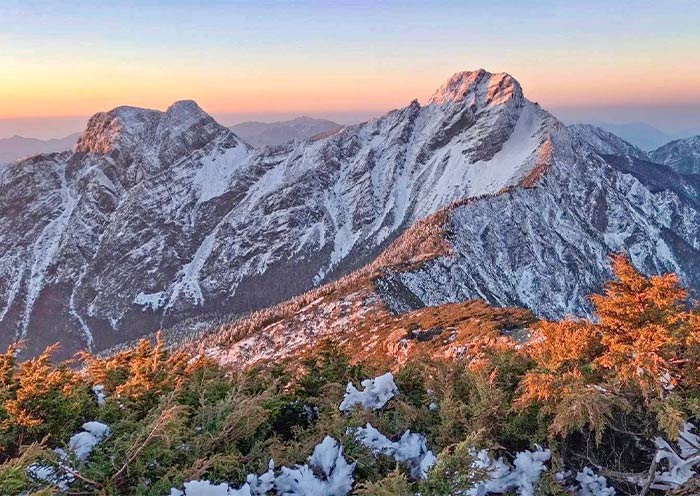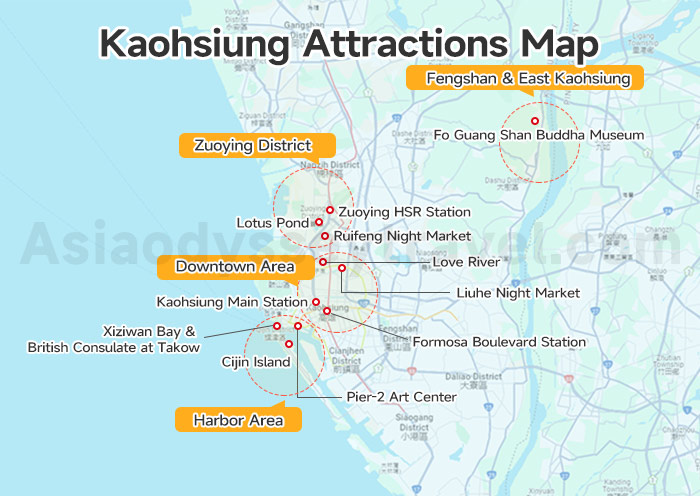Taiwan Group Tours, 5 Taiwan Small Group Tours 2026 (by Locals)
✅A Taiwan Group Tour Costs Fall Between Japan & Thailand, Balancing Affordability & Quality.
Taiwan is an island brimming with Incredible Diversity, from bustling cityscapes to serene mountains/lakes/beaches, and vibrant night markets to ancient temples. As your local Taipei experts, we craft Taiwan Group Tours where strangers become family & Taiwan’s soul comes alive.
Our Budget-friendly Taiwan Small Group Tours handle all the details, leaving you free to relax in the majestic Alishan Mountain, find serenity at Sun Moon Lake, delve into Taipei's culture, Kaohsiung's Coastal charm & Hualien's Beaches – all with the insights of a passionate local team.
✅How to Choose Taiwan Group Tours?
✅Discover Taiwan with Asia Odyssey Travel, Based in Taipei of Taiwan!
Let's Make Memories Together! Reward yourself with a Taiwan Small Group Tour! We handle every detail so you can simply embrace Taiwan's captivating charm with Unbeatable value.
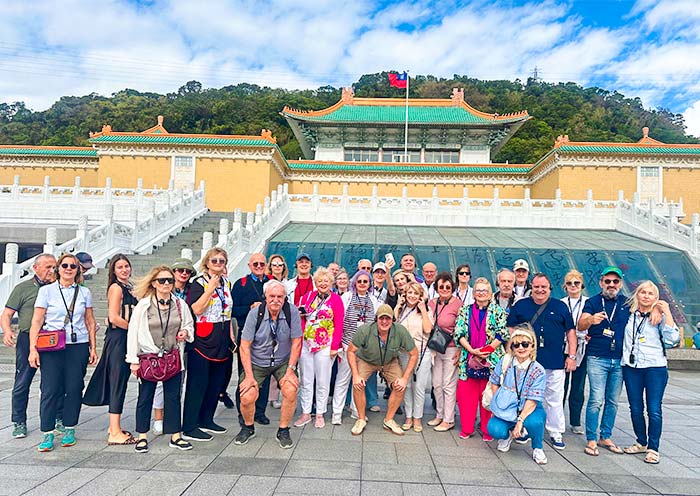
"Excellent Tour, best experience"
"A unique experience despite a difficult context thanks
to an experience team of organisers"
Registered Local Company Name: ASIA ODYSSEY TRAVEL TAIWAN LTD.
Taipei Office: 11th Floor, No. 38, Section 2, Nanjing East Road, Zhongshan District, Taipei City
Contact Us: Taiwan@asiaodysseytravel.com
Features of Taiwan Group Tours with Asia Odyssey Travel (Taiwan):
- 5 Taiwan Group Tours (2026 Affordability & Quality)
- 2026 Taiwan Group Tour: Live Photo Updates
5 Taiwan Group Tours (2026 Affordability & Quality)
As a Taiwan Local Tour Operator, we offer Money-Saving Taiwan Small Group Tours. One time one destination? Choose 4 Days in Taipei, best for first-timers, foodies & city explorers. For Short Escape with best of Taiwan, check 3 Days Alishan Sun Moon Lake Tour from Taipei or 5 Days Taiwan Tour from Taipei to Kaohsiung. Most of our guests will choose our 8 Days tour to discover Taiwan from north to south, or 10 Day round island tour. Contact Asia Odyssey Travel to choose your Taiwan Group Tour now.
What Makes Us Different? Why Travel in Group with Us?
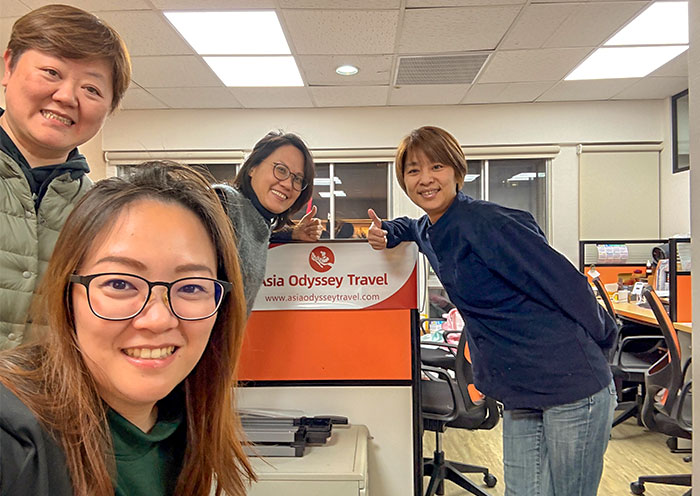
At Asia Odyssey Travel, we don't just "sell tours," we provide the best service to every traveler. With offices located throughout China & Asia, we have dedicated teams in each destination (travel experts/local guides/experienced drivers/air-conditioned vehicles). This ensures that you receive exceptional service at every step of your journey. Our Mission: We Make Travel Easy, You Create Stories with Us.
As the first & largest travel company to send local Taiwanese travelers to Tibet & Bhutan since 2013, our Asia Odyssey Travel-Taipei office (ASIA ODYSSEY TRAVEL TAIWAN LTD.) began organizing group tours in 2016. From humble beginnings, we have built a strong network in Taiwan. With us, you'll receive direct, seamless service from locals who know Taiwan best. Affordable, high-quality tour that fits your budget!
What to Expect a Taiwan Group Tour with Asia Odyssey Travel (Taipei)

Knowledgeable Local Guides
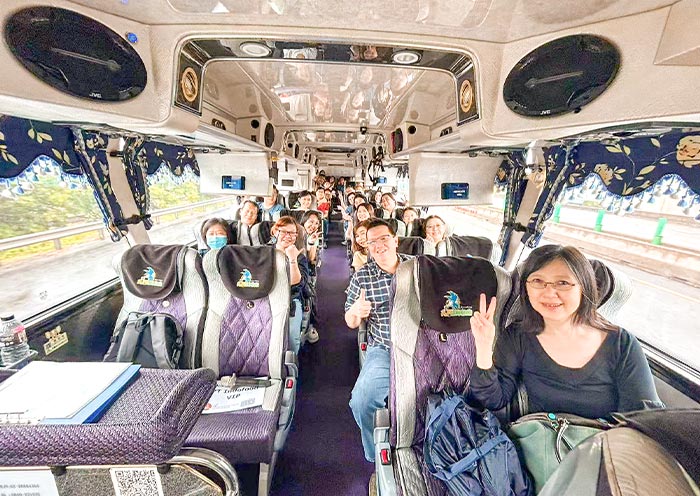
Comfortable & Air-conditioned Vehicle

Well-selected 3-star Hotels
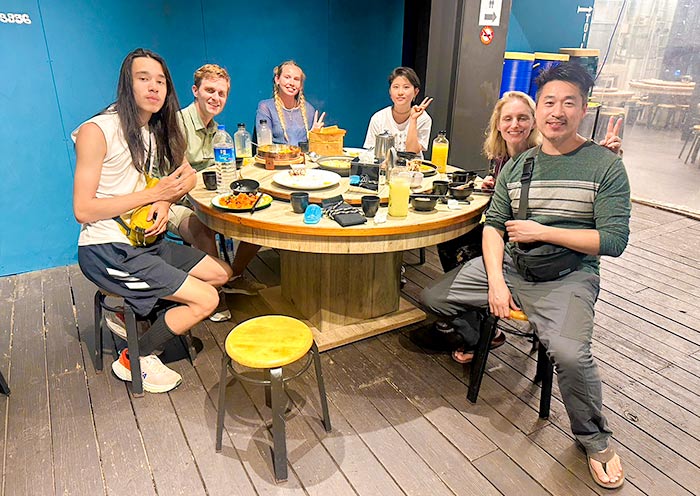
Authentic Local Flavors
Beyond Taiwan Group Tours (Sparkle Your Idea)
Taiwan Group Tours Planning & Useful Articles
Want to join a Taiwan Group Tour? Based in Taipei of Taiwan, our local experts are happy to share some useful information & tips to help smooth your trip planning. Check the following articles: Taiwan Transportation, Things to Do in Taiwan, Taiwan Food, Best Time to Visit Taiwan, Alishan/Taipei/Kaohsiung Map, and Taiwan Costs. Check the Taiwan Travel Guide>>
2026 Taiwan Group Tour: Live Photo Updates
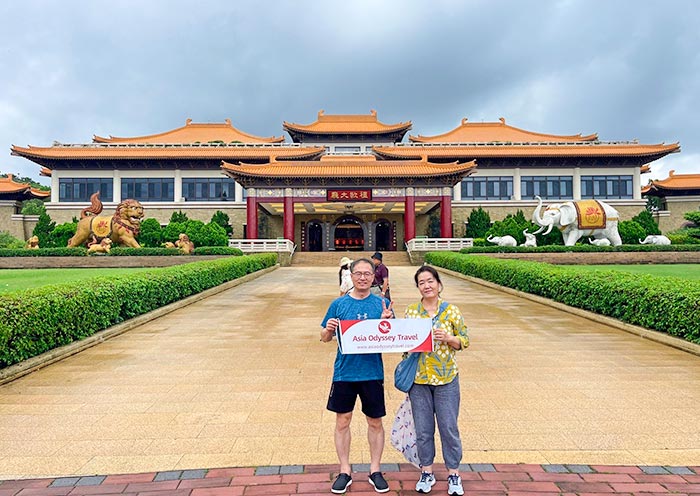
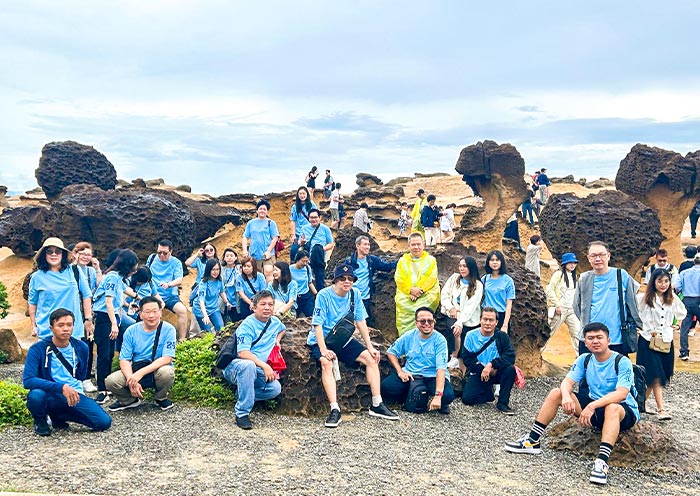
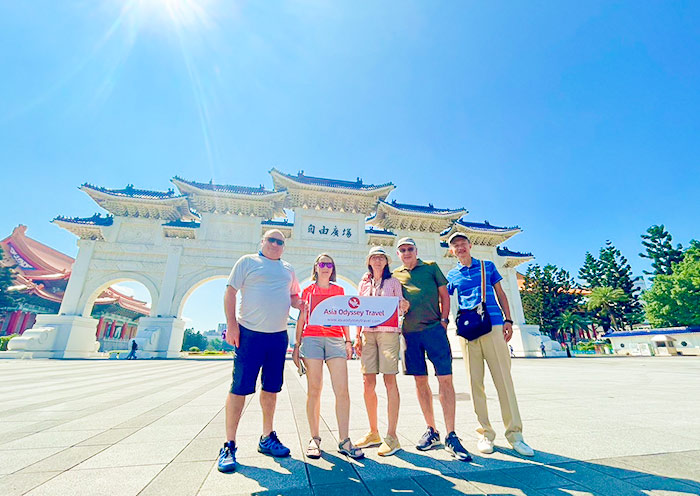
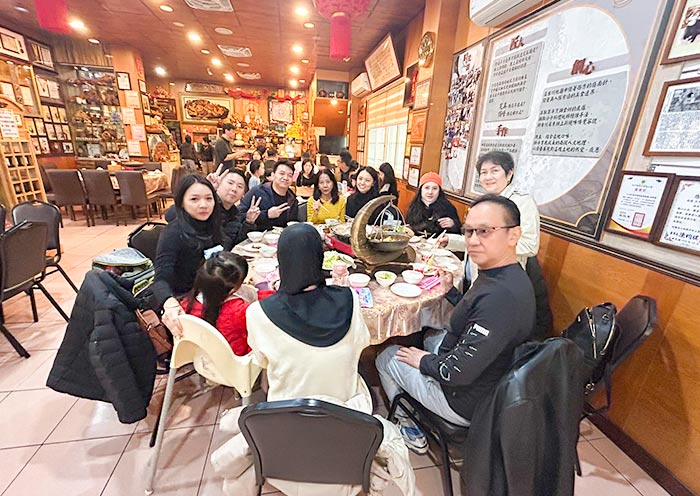
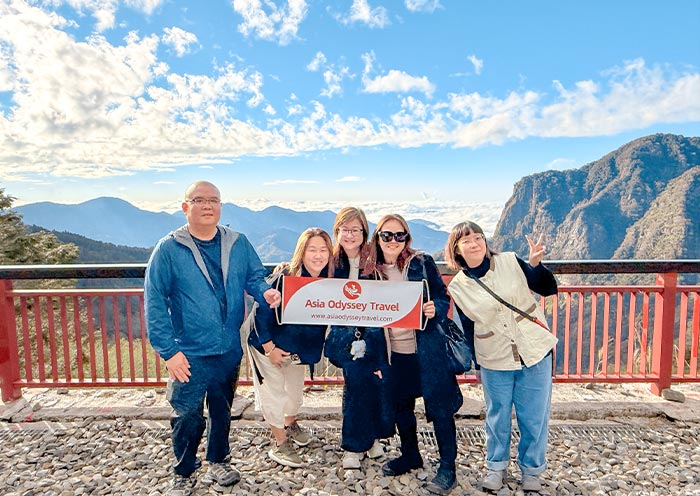
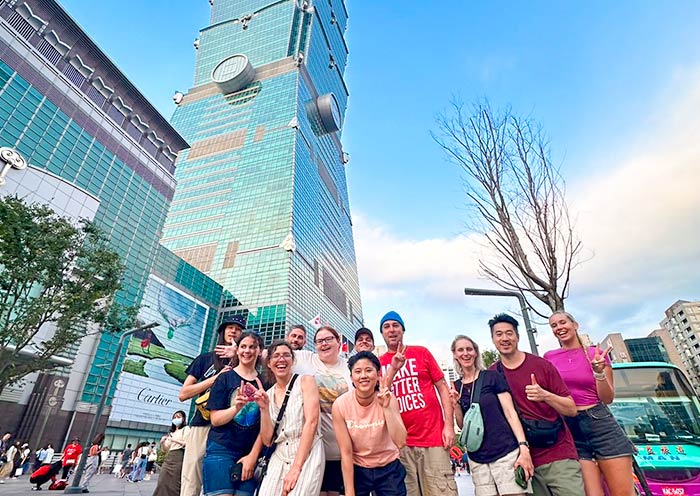
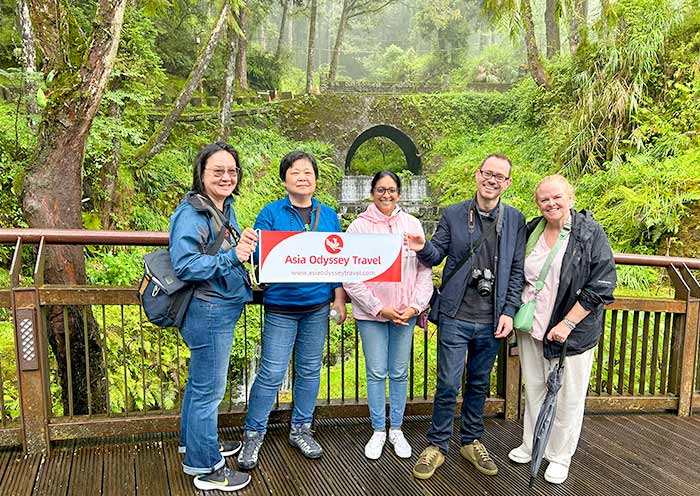
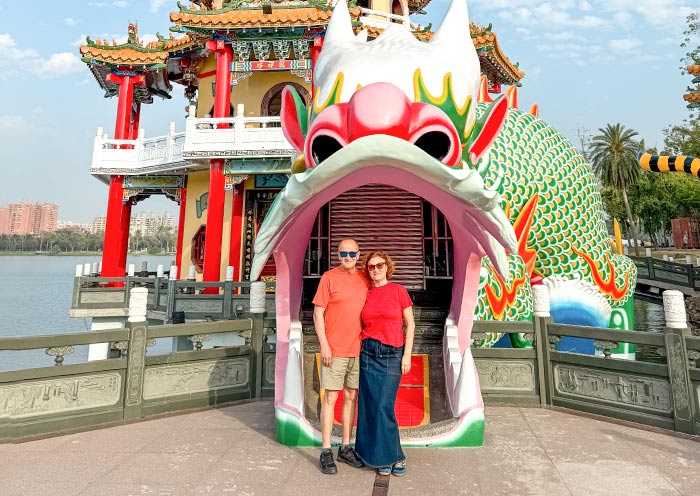
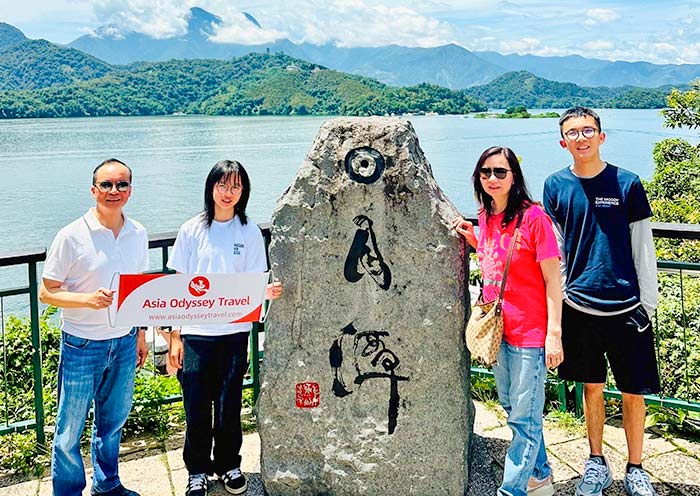

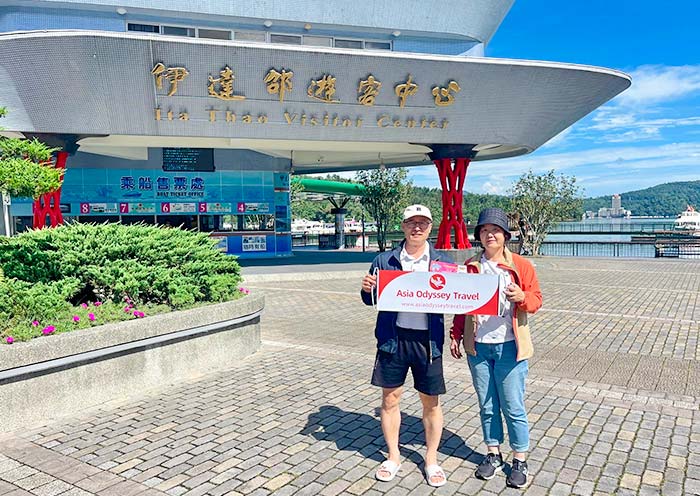
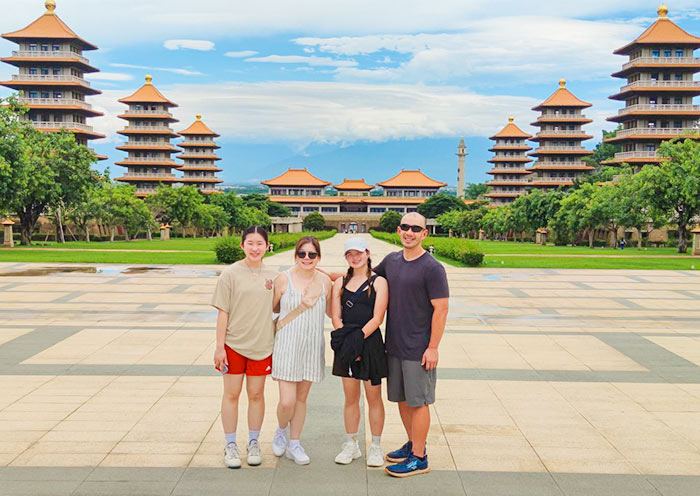
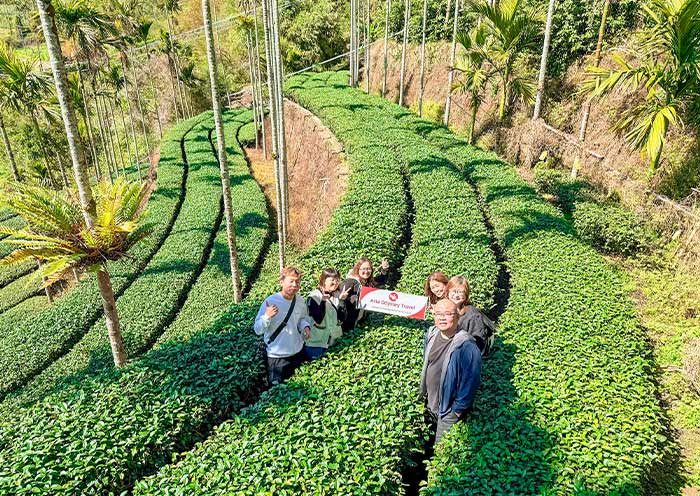
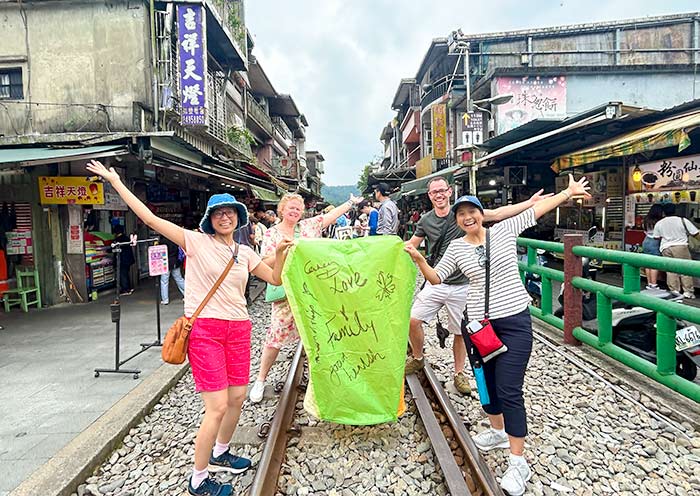
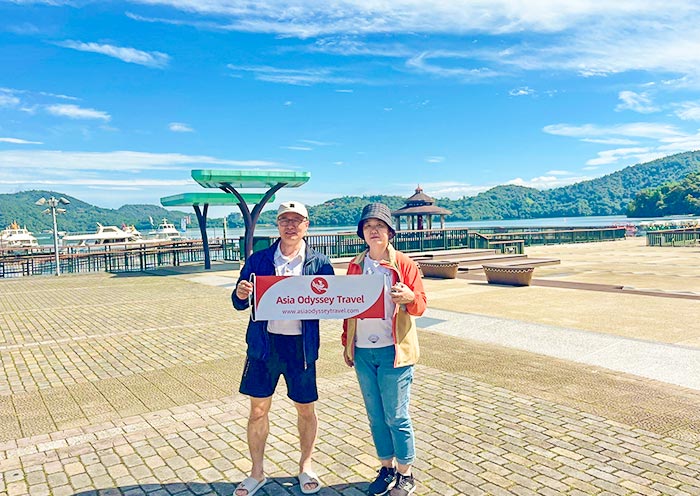
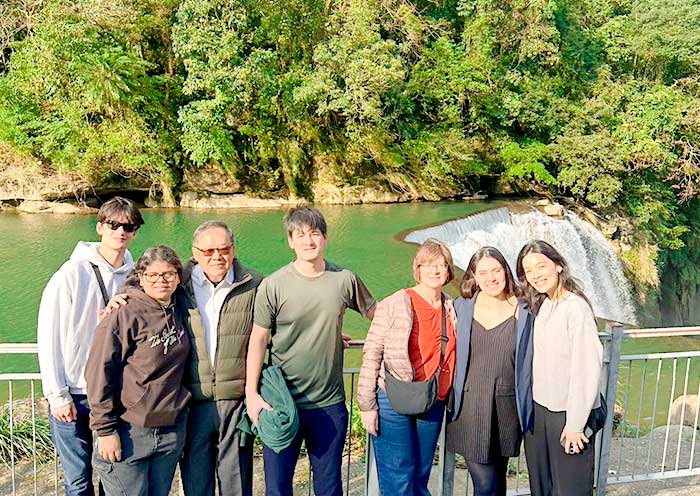
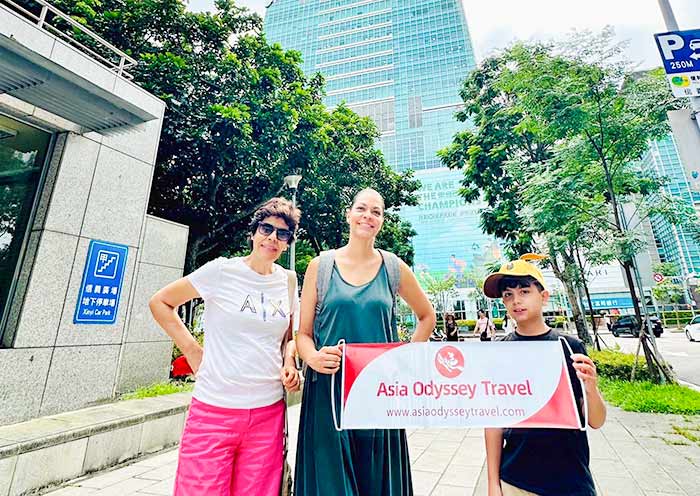
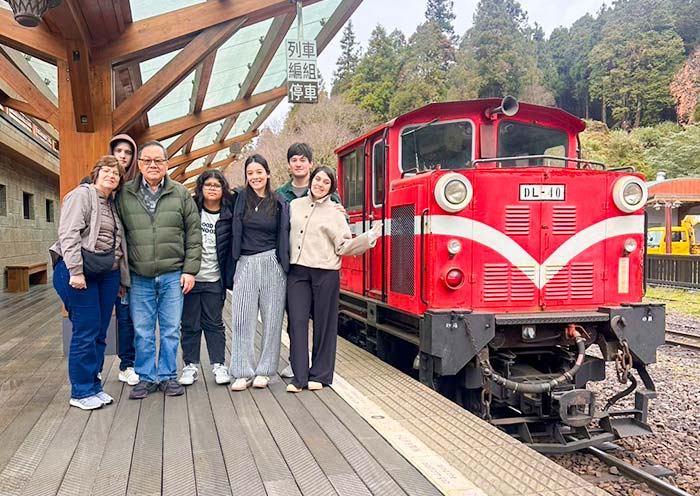
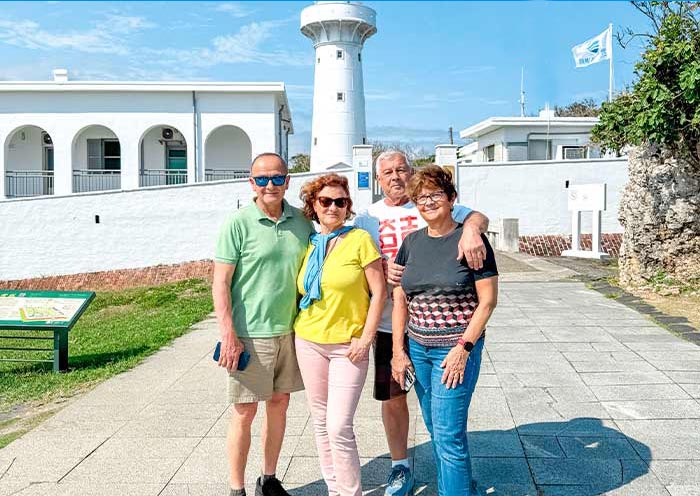
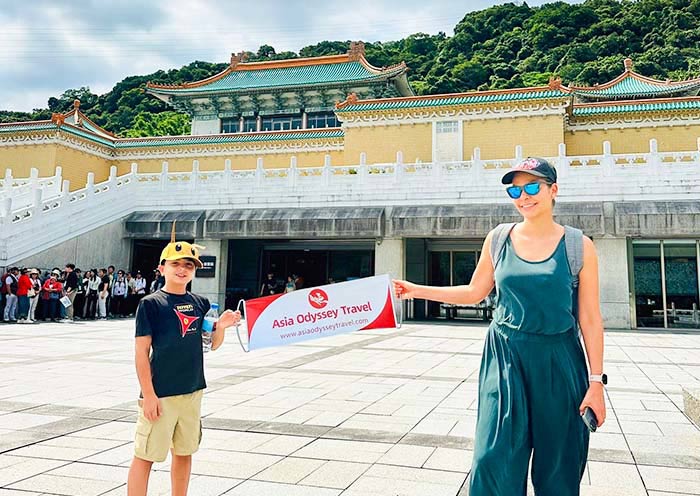
Taiwan Group Tours FAQs - Plan Your Taiwan Group Tours Worry-Free
-
 1. Why Choose Taiwan Group Tours?
1. Why Choose Taiwan Group Tours? Group tours aren’t just about sightseeing & sharing cost—they’re about connection. We’ve seen how small groups turn strangers into friends, sharing laughs over steaming bubble tea or gasping together at Alishan's forest. Our Taipei-born guides share hidden tea houses, night market hacks, and temple rituals you’d miss alone.
Group tours aren’t just about sightseeing & sharing cost—they’re about connection. We’ve seen how small groups turn strangers into friends, sharing laughs over steaming bubble tea or gasping together at Alishan's forest. Our Taipei-born guides share hidden tea houses, night market hacks, and temple rituals you’d miss alone.
Safety? Check. No getting lost in Taipei’s maze of night markets or missing the last train—we’ve got your back. Taiwan’s heart beats in its people. With a group, you’ll taste, laugh, and learn with them—not just watch. Ready to belong? Let’s explore together. -
 2. What is the best time to visit Taiwan?
2. What is the best time to visit Taiwan? The best time to visit Taiwan is spring and autumn due to mild weather. Avoid summer (June–August) if possible due to occasional typhoons and summer heat (30°C+).
The best time to visit Taiwan is spring and autumn due to mild weather. Avoid summer (June–August) if possible due to occasional typhoons and summer heat (30°C+).
1.Spring (March to May): A great time, with pleasant temperatures and blooming flowers (cherry blossoms in early spring!).
2.Autumn (October to December): This is generally considered the best time. The weather is comfortably mild, skies are often clear, and it's less humid. Perfect for exploring!
3.Summer (June to September): It gets very hot and humid, and it's also typhoon season. While you can still visit, be prepared for rain, heat, and potential disruptions.
4.Winter (January to February): Mild in the north, but it can get surprisingly chilly, especially in Taipei, with frequent rain. Southern Taiwan is generally warmer. If you're looking for hot springs, winter is fantastic! Chinese New Year (usually Jan/Feb) is a festive time, but many smaller shops and restaurants might be closed, and transportation can be crowded.
-
 3. Do I need a visa to visit Taiwan?
3. Do I need a visa to visit Taiwan? It depends on your nationality.
It depends on your nationality.
1.Visa-free: Many countries, including Japan, South Korea, the US, Canada, Singapore, Malaysia, Australia, New Zealand, and most EU nations, enjoy visa-free entry for short stays/tourism (typically 14–90 days). Special rules: Thailand, Brunei, Philippines enjoy visa-free access until July 2026.
2.E-Visa: An e-Visa is required for others (e.g., Kuwait, Sri Lanka; apply online 10+ days ahead).
3.Visa required: Apply in advance for nationalities like India or Brazil.
Always double-check the latest regulations for your specific nationality with the Taipei Economic and Cultural Representative Office (TECRO) in your country before you fly to Taiwan, as rules can change.
Make sure your passport is valid for at least six months beyond your intended stay.
-
 4. What are the must-visit attractions in Taiwan?
4. What are the must-visit attractions in Taiwan? Some highlights in Taiwan include:
Some highlights in Taiwan include:
Taipei 101 (Taipei): An Iconic skyscraper with stunning views.
National Palace Museum (Taipei):Home to one of the world's largest and finest collections of Chinese imperial artifacts, spanning over 8,000 years of history.
Taroko Gorge (Hualien): A breathtaking marble canyon.
Sun Moon Lake (Nantou): The largest lake in Taiwan, perfect for nature lovers.
Jiufen Old Street (New Taipei City): A charming hillside town with food and tea houses.
Alishan Forest Railway (Chiayi): Scenic mountain views and sunrise.
Lotus Pond (Kaohsiung): The iconic Dragon and Tiger Pagodas, and pavilions dedicated to Buddhist and Taoist deities.
Kenting National Park (Pingtung): Popular spots include Eluanbi Lighthouse, Maobitou, and Baisha Bay.
Yehliu Geopark (New Taipei City): The iconic Queen’s Head. A must-visit for geology enthusiasts.
-
 5. What's the best way to get around Taiwan?
5. What's the best way to get around Taiwan? Taiwan has an excellent transportation system:
Taiwan has an excellent transportation system:
1.High-Speed Rail (HSR): Fast and efficient for major cities (Taipei, Taichung, Kaohsiung) along the West Coast. (Taipei to Kaohsiung in 1.5 hours!)
2.Regular TRA (Taiwan Railways): Slower but scenic, affordable option, especially for the East Coast.
3.Buses: Affordable and great for rural areas.
4.MRT: Available in major cities like Taipei and Kaohsiung.
5.You can also rent bicycles or scooters in many cities. Affordable bike rentals at 200+ stations.
6.Taxis: Metered (starting at NT$70) or ride-hailing apps (Uber, TAIXI). Avoid rush hours (7–9 AM/5–7 PM).
Public transport: Get an EasyCard (悠遊卡, Yōuyóu Kǎ) or iPass (一卡通, Yīkǎ Tōng) upon arrival at any MRT station or convenience store. These reloadable cards work for MRT, buses, some TRA trains, U-bikes, and even convenience store purchases.
-
 6. What are the must-try foods in Taiwan? Is it vegetarian-friendly?
6. What are the must-try foods in Taiwan? Is it vegetarian-friendly? Taiwan is a food lover’s paradise! You absolutely must try Taiwan Food such as:
Taiwan is a food lover’s paradise! You absolutely must try Taiwan Food such as:
Beef Noodle Soup (牛肉麵, Niúròu Miàn): A national dish!
Xiao Long Bao (小籠包): Soup dumplings, famously from Din Tai Fung.
Braised Pork Rice (滷肉飯, Lǔ Ròu Fàn): A comforting classic.
Oyster Omelette (蚵仔煎, É Zǐ Jiān): Night market staple.
Stinky Tofu (臭豆腐, Chòu Dòufu): Don't be scared by the smell – it's a rite of passage!
Bubble Tea (珍珠奶茶, Zhēnzhū Nǎichá): The original!
Vegetarian: Taiwan is very vegetarian-friendly due to its large Buddhist population. Look for restaurants with the "素食" (sùshí) sign, which means vegetarian. Many places offer mock meats and a huge variety of vegetable dishes. Even at night markets, you'll find vegetarian options.
Explore Night Markets like Shilin (Taipei), Liuhe (Kaohsiung), and Fengjia!
-
 7. Is it safe to travel in Taiwan?
7. Is it safe to travel in Taiwan? Yes, Taiwan is one of the safest countries in the world for travelers. Violent crime is rare, and the locals are friendly and helpful.
Yes, Taiwan is one of the safest countries in the world for travelers. Violent crime is rare, and the locals are friendly and helpful.
You'll see locals leaving their bags unattended at cafes. Solo female travelers often find Taiwan very comfortable and welcoming.
However, always be cautious with your belongings in crowded areas like night markets and follow local safety guidelines, especially during natural disasters like typhoons or earthquakes.
-
 8. What languages are spoken in Taiwan, and will I need Chinese to get around?
8. What languages are spoken in Taiwan, and will I need Chinese to get around? The official language is Mandarin Chinese. Taiwanese Hokkien and Hakka are also widely spoken.
The official language is Mandarin Chinese. Taiwanese Hokkien and Hakka are also widely spoken.
In Taipei, Kaohsiung and major tourist areas of Taiwan, you'll find a good number of people who speak some English, especially at hotels, major attractions, and MRT stations. Younger people are generally more likely to speak English.
Outside of these areas, English proficiency might be lower.
Tip: Download a translation app like Google Translate (with offline Mandarin downloaded) to help with menus, signs, and basic communication, hello, Xie xie for thank you, Duoshao qian? for how much?) goes a long way, and locals will appreciate your effort!
-
 9. What cultural etiquette should I know before visiting Taiwan?
9. What cultural etiquette should I know before visiting Taiwan? People in Taiwan are generally polite and understanding, so don't worry too much.
People in Taiwan are generally polite and understanding, so don't worry too much.
Queueing: Always queue politely, especially for public transport.
Chopsticks: Don't stick your chopsticks upright in a bowl of rice (resembles incense at funerals). Lay them across your bowl instead.
Public Transit: No eating, drinking, or chewing gum on the MRT or in MRT stations. You'll see signs everywhere!
Shoes: It's customary to remove your shoes when entering someone's home, and sometimes at temples or traditional guesthouses.
Respect at Temples: Dress modestly (shoulders and knees covered) when visiting temples. Be mindful of ongoing rituals.
Bargaining: Generally not common in shops, though you might try a little at night markets, but it's not expected.
Greetings: Bow slightly; use “xiè xie” (thank you) and “duō shǎo qián?” (How much?).
-
 10. What should I pack for my Taiwan Tour?
10. What should I pack for my Taiwan Tour? Layers: Depending on the season, pack layers as the weather can change, especially in mountainous areas.
Layers: Depending on the season, pack layers as the weather can change, especially in mountainous areas.
Comfortable Shoes: You'll be doing a lot of walking, especially at night markets and in cities.
Rain Gear: A small umbrella or lightweight rain jacket is always a good idea, no matter the season.
Sun Protection: Sunscreen, a hat, and sunglasses are essential, particularly in summer.
Power Adapter: Taiwan uses Type A (two flat pins) and Type B (three pins) electrical outlets with 110V (slower charging for 220V devices). If you're from a country with different plugs or voltage, bring an adapter and/or converter.
Toilet Paper/Tissues: While many public restrooms have toilet paper, it's always a good idea to carry your small pack of tissues, especially for older restrooms or those outside major tourist spots in Taiwan.
-
 11. In Taiwan, what are some unique experiences or "hidden gems" to look out for?
11. In Taiwan, what are some unique experiences or "hidden gems" to look out for? Beyond the famous spots:
Beyond the famous spots:
Hot Springs: Taiwan is blessed with natural hot springs! Beitou in Taipei is easy to access, but also consider trips to Jiaoxi (Yilan) or Guanziling (Tainan) for different types of springs.
Tea Plantations: Explore the tea regions, like Maokong (Taipei), Alishan, or Pinglin. Enjoy a traditional tea ceremony.
Cycling: Taiwan is incredibly bike-friendly, with beautiful cycling paths, including around Sun Moon Lake and along the coast. Rent a U-bike in cities.
Indigenous Culture: Learn about Taiwan's diverse indigenous tribes. You can find cultural experiences, especially in the east and central mountains.
Local Markets (beyond night markets) & Taiwan Food: Explore traditional wet markets or morning markets for a glimpse into local life and fresh produce.
Latest Taiwan Group Tours Reviews from Our Customers

Lujia zhang
United States
Destination(s): Taiwan
Date of Experience: Aug 09, 2025
Tour Customized by: Owen
You May be Interested in This Tour: Customized Tour

Sophie Carter
America
Every time I travel with my family, I can't help but be the most stressful one, always taking care of my parents and children. But Asia Odyssey Travel's Taiwan tour was completely stress-free. I'm so thankful! Their local team is excellent. We never had to worry about a thing, allowing us to fully enjoy Taiwan's beauty and culture. For our next family tour, Asia Odyssey Travel will definitely be my first choice.
Destination(s): Taiwan
Date of Experience: Jul 10, 2024
Tour Customized by: Isaac
You May be Interested in This Tour: 11 Days Taiwan Family Tour & Taiwan Round Island Tour

Sakura Tanaka
Japan
I had never tried oyster omelets or stinky tofu anywhere before. This trip was a total food adventure! Fortunately, they tasted good. Thanks to my consultant and guide's local hacks, my family enjoyed a good appetite at night markets in Kaohsiung and Tainan. Every local staff member we encountered was incredibly friendly, patient, and genuinely eager to make our trip special. It's the personal touch that really stands out.
Destination(s): Taiwan
Date of Experience: Jul 10, 2024
Tour Customized by: Shirley
You May be Interested in This Tour: 3 Days Kaohsiung Food Tour - Try Taiwan Food in Kaohsiung & Tainan
- United States (+1)
- Australia (+61)
- Singapore (+65)
- Malaysia (+60)
- Philippines (+63)
- Canada (+1)
- Italy (+39)
- Indonesia (+62)
- United Kingdom (+44)
- Spain (+34)
- Mexico (+52)
- Hong Kong (+852)
- Thailand (+66)
- United Arab Emirates (+971)
- New Zealand (+64)
- South Africa (+27)
- Germany (+49)
- Brazil (+55)
- India (+91)
- France (+33)
- Vietnam (+84)
- The Netherlands (+31)
- Saudi Arabia (+966)
- Ireland (+353)
- Argentina (+54)
- Switzerland (+41)
- Romania (+40)
- Pakistan (+92)
- Japan (+81)
- Portugal (+351)
- Bangladesh (+880)
- South Korea (+82)
- Puerto Rico (+1)
- Türkiye (+90)
- China (+86)
- Belgium (+32)
- Qatar (+974)
- Greece (+30)
- Taiwan (+886)
- Austria (+43)
- Poland (+48)
- Israel (+972)
- Chile (+56)
- Sri Lanka (+94)
- Nigeria (+234)
- Peru (+51)
- Colombia (+57)
- Hungary (+36)
- Nepal (+977)
- Denmark (+45)
- Bulgaria (+359)
- Norway (+47)
- Slovenia (+383)
- Sweden (+46)
- Kuwait (+965)
- Costa Rica (+506)
- Ecuador (+593)
- Venezuela (+58)
- Malta (+356)
- Croatia (+385)
- Tunisia (+216)
- Czechia (+420)
- Mongolia (+976)
- Bahrain (+973)
- Mauritius (+230)
- Papua New Guinea (+675)
- Cambodia (+855)
- Dominican Republic (+1)
- Luxembourg (+352)
- Finland (+358)
- Guatemala (+502)
- Myanmar (+95)
- Maldives (+960)
- Slovakia (+421)
- Laos (+856)
- Serbia (+381)
- Brunei (+673)
- Oman (+968)
- Macao (+853)
- Panama (+507)
- Morocco (+212)
- Jordan (+962)
- Georgia (+995)
- Fiji (+679)
- Bolivia (+591)
- Lithuania (+370)
- Bahamas (+1)
- Cyprus (+357)
- Latvia (+371)
- Bhutan (+975)
- Iraq (+964)
- Iran (+98)
- Kenya (+254)
- Jamaica (+1)
- Zimbabwe (+263)
- Azerbaijan (+994)
- Uruguay (+598)
- Estonia (+372)
- Andorra (+376)
- Cameroon (+237)
- Ghana (+233)
- Kazakhstan (+7)
- Nicaragua (+505)
- Egypt (+20)
- Russia (+7)
- Albania (+355)
- Réunion (+262)
- Montenegro (+382)
- Algeria (+213)
- Afghanistan (+93)
- Martinique (+596)
- Uganda (+256)
- Honduras (+504)
- North Macedonia (+389)
- Trinidad and Tobago (+1)
- Suriname (+597)
- Antigua and Barbuda (+1)
- Zambia (+260)
- Ukraine (+380)
- Armenia (+374)
- Barbados (+1)
- Belarus (+375)
- Palestine (+970)
- Lesotho (+266)
- Moldova (+373)
- Ethiopia (+251)
- French Polynesia (+689)
- Gambia (+220)
- Guam (+1)
- Gibraltar (+350)
- Isle of Man (+44)
- New Caledonia (+687)
- El Salvador (+503)
- Comoros (+269)
- Seychelles (+248)
- Chad (+235)
- Samoa (+685)
- Cook Islands (+682)
- Palau (+680)
- Paraguay (+595)
- DR Congo (+243)
- Solomon Islands (+677)

